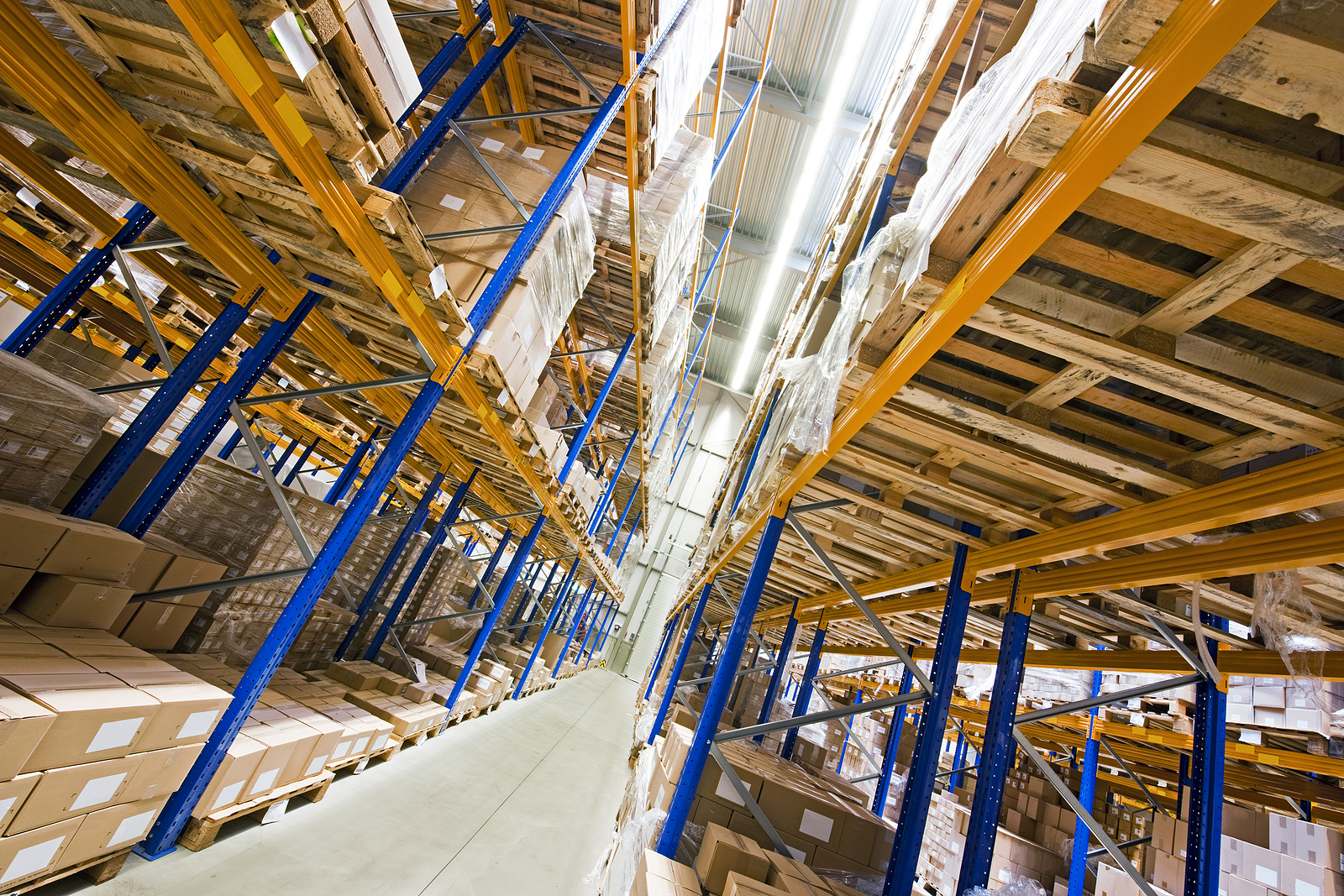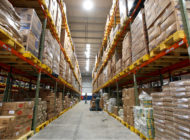As a fulfillment provider, we receive many questions about eCommerce fulfillment costs. Specifically, how to make them lower. In this article, we’ll take a closer look at fulfillment costs and show you how partnering with a third-party logistics (3PL) provider can result in significant cost savings compared to handling fulfillment on your own.
eCommerce fulfillment costs: what do you need to pay for?
 eCommerce companies beyond the start-up phase will need to build a fulfillment infrastructure, including:
eCommerce companies beyond the start-up phase will need to build a fulfillment infrastructure, including:
- A warehouse to store product. This can be your own warehouse, which you purchase or lease, or a shared warehouse (or “public warehouse”) in which you rent space in a 3PL provider’s warehouse alongside other companies. It can also be a contract warehouse (or “dedicated warehouse”) in which a 3PL operates a warehouse entirely dedicated to your operation.
- Warehouse equipment. From conveyors to forklifts, there are many pieces of equipment required to operate a modern fulfillment warehouse.
- Labor to perform fulfillment services. Every fulfillment operation will require knowledgeable associates to perform – and supervise – picking, packing and shipping.
- A warehouse management system (WMS). WMSs are software systems that handle a variety of essential functions like inventory management, order management, and various pick and pack processes.
- Parcel carrier agreements. Once your orders are picked, packed, shipped, and ready to go, you’ll need a parcel carrier to get them on the move from the warehouse.
All of these costs are variable based on location and scope of operations. But, specifics aside, they will ultimately combine for a very hefty price tag.
How to reduce eCommerce fulfillment costs with a 3PL
If you go it alone, you’ll be on the hook for all of the above costs – whether product is flying off the shelves or sales are slow. To mitigate these costs, you can partner with a 3PL that already has a complete eCommerce fulfillment infrastructure in place. You can effectively ‘plug’ your operation into the 3PL’s existing framework. Here are some examples of the cost savings that can result.
Pay for only the space and services you need with shared warehousing. With the shared warehousing model, you are essentially a ‘tenant’ in the 3PL’s warehouse, sharing the 3PL’s space, labor and resources with other companies. You’re therefore only paying for the space and services you need. If your volumes increase and you require more space and greater service volume, then your costs will increase accordingly. If your needs decrease, however, your costs will as well. This model stands in stark opposition to the ‘DIY’ model where you’re on the hook for all the space, labor and resources – regardless of your sales volumes.
Split the costs of a warehouse management system. Another benefit of a shared warehousing model is that you split the costs associated with a warehouse management system (WMS) with the warehouse’s other tenants. As robust WMS systems can have six-figure price tags, this is no small savings.
Reduce parcel costs. By partnering with a 3PL that can locate your product closer to your customers, you can reduce transit times and thus costs. Additionally, many 3PLs can get better parcel rates with parcel carriers than you can on your own. The reason: 3PLs have greater buying power as they can negotiate rates based on the freight volume of all of their customers – whereas your buying power is based solely on your volumes.
What about Amazon Fulfillment?
Many companies – especially those new to eCommerce – are drawn to Amazon’s fulfillment service, Fulfillment by Amazon (FBA), because they feel FBA’s services will be cheaper and easier. Amazon certainly has an enormous fulfillment network which guarantees two-day shipping to your customers. It also has low parcel shipping costs because of its immense buying power with parcel carriers.
However, there are downsides to FBA. Amazon’s fees will increase significantly during the holiday season, and they will also penalize you for slow-moving inventory by charging additional fees. Furthermore, Amazon’s FBA program does not allow for customization of packaging, inserts and other key branding components of your customers’ experience.
For many companies, once the actual costs are tallied, Amazon becomes a less desirable option than partnering with a 3PL for fulfillment of orders on Amazon and your other sales channels.
Lean on Kanban Logistics to reduce eCommerce fulfillment costs
Based in the Mid-Atlantic region on the East Coast, Kanban can help you reduce your fulfillment costs while reaching your customers quickly. We have over 1 million square feet of warehousing space, including both shared and dedicated options for our customers. Additionally, our Eastern North Carolina campuses are located right in the middle of the East Coast – within one day’s reach of 70% of the U.S. population. To learn more about our eCommerce fulfillment capabilities, contact Kanban today.



